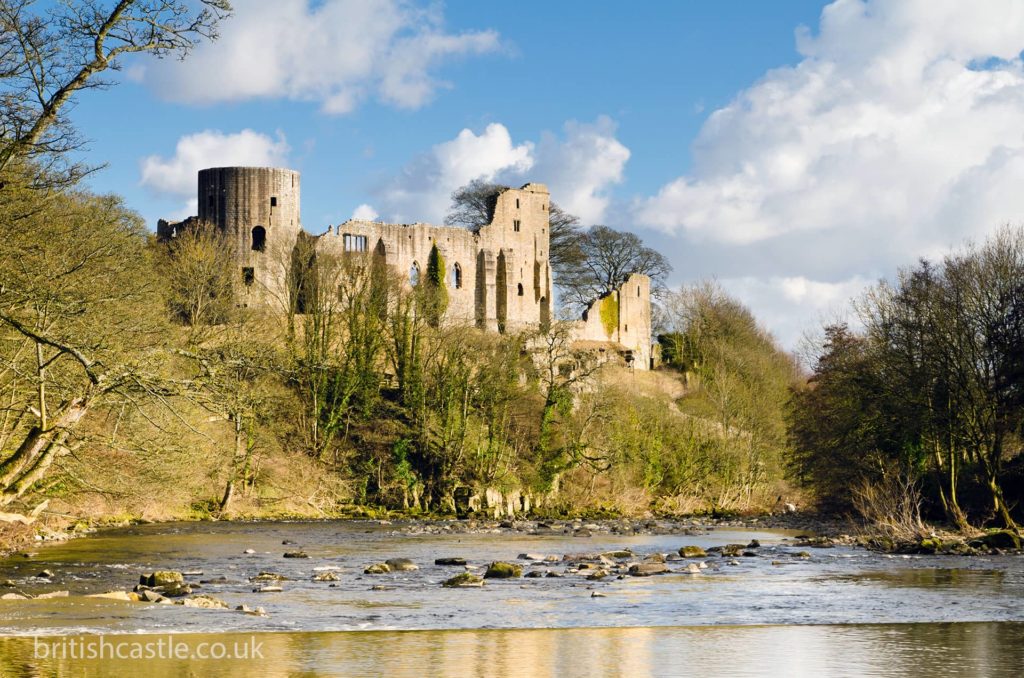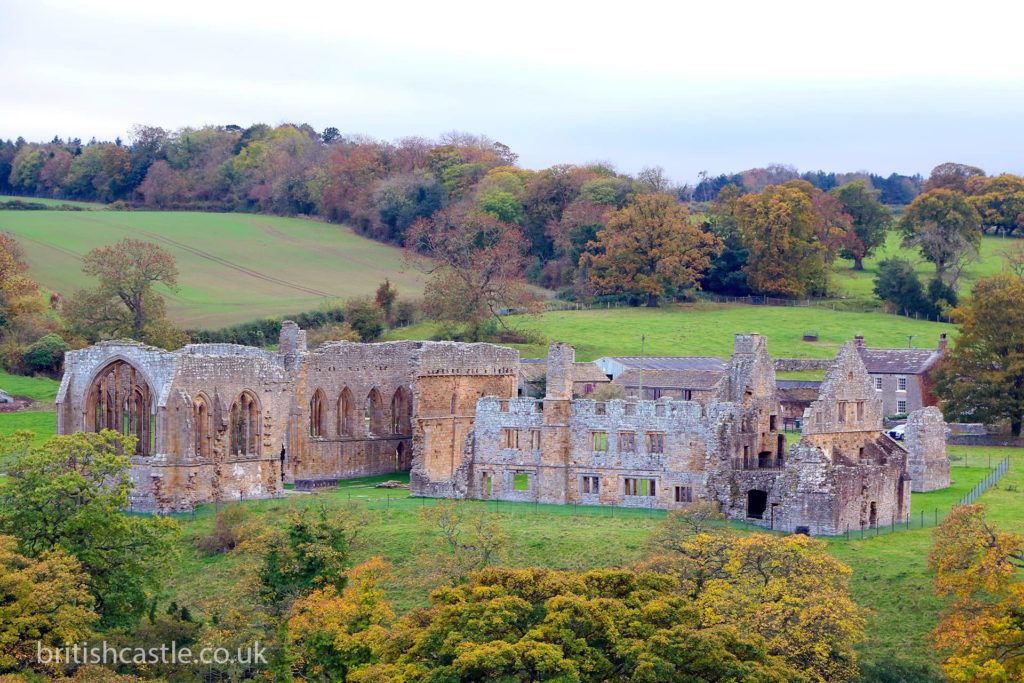The Hidden Gem of County Durham
Nestled in the north of England’s County Durham resides the historic Barnard Castle, located in the market town of the same name. This scenic destination has had quite a number of famous visitors and offers a rich historical culture with many attractions.
In this post we will delve into the past that brought Barnard Castle – both the structure and the town – into existence. The castle itself has much to offer, and when paired with the town the whole destination provides many attractions and delights for visitors and locals alike.

The Castle Behind the Town Name
Barnard Castle rests within the district of Teesdale and is placed beside the River Tees. The site on which it is built offers dramatic and highly scenic views of the river, as it is placed above the River Tees looking out over the tree line.
The construction of the castle began in 1093 as a means to control the river, which crossed between the Bishop of Durham’s territory and the Honour of Richmond, according to English Heritage. It is said that the true completion of the castle was done by Bernard Balliol sometime between 1112 and 1132.
The castle was used as a fortress, and over time the market town slowly developed as more settlers came to the area. It was eventually besieged in the 1560s by supporters of Mary Queen of Scots, despite Sir George Bowes of Streatlem holding the fort for eleven days before the inevitable surrender, according to Barnard Castle Town Council.
After being passed down from Lord Barnard to the Ministry of Works in the mid-1900s, English Heritage was given the guardianship of the castle ruins in 1984. Nowadays, the castle site and architectural remains serve as a tourist attraction that draws hundreds of visitors every year. Additionally, Teesdale stands as a designated Area of Outstanding Natural Beauty, drawing even more visitors to the area.
Exploring the Ruins
The clifftop ruins allow for visitors to explore the once stronghold fortress from English history. Those visiting are encouraged to check out the many ins and outs of the ruins, including views from the towers that overlook the Tees Gorge, as well as Richard III’s boar emblem carved above the inner ward.
For those new to the site, there are information boards placed throughout that give detailed explanations and historical facts about the ruins. Additionally, guide books are available for purchase that provide even more detailed information for explorers.
Covid-19 Restrictions
As of November 2020, Barnard Castle is currently closed to visitors due to Covid-19. However, English Heritage hopes that the site will be able to reopen by mid February.
For more information on visiting Barnard Castle and related Covid-19 restrictions, visit English Heritage’s webpage.
Attractions in the Town of Barnard Castle
Of course, the ruins of the actual castle are not all that the town of Barnard Castle – also called Barney by locals – has to offer. There are even more historic ruins, such as the Egglestone Abbey, museums, and more available for visitors and locals alike to enjoy.

Please note that government restrictions and Covid-19 lockdown rules will likely apply throughout the month of November 2020. Visitors are advised to check restrictions and contact any attractions or locations before travelling.
The Witham
The Witham has stood as the community arts centre located within Barney for more than 150 years, and focuses of the union of culture, community, and commerce. The arts centre offers a variety of events including film showings, concerts, theatre productions, dance performances, fairs, and more.
Click here to learn more about upcoming events at the Witham.
The Bowes Museum
The once guardian of Barnard Castle John Bowes, and his wife Josephine, built the Bowes Museum in the 19th century to house “internationally significant collections of fine and decorative arts.” The pair collected over 15,000 items before their deaths in the 1874 and 1885.
Their deaths came before the completion of the museum, but the project ensued nonetheless and was completed and opened to the public in June 1892. Today, the museum stands as a legacy to the Bowes’ achievements and allows visitors to enjoy a diverse collection of artworks.
Click here to learn more about the Bowes Museum.
Egglestone Abbey
While the Barnard Castle may be the more famous ruins located in this market town, there are also the ruins of the Egglestone Abbey, a once charming monastery set above the River Tees. Visitors can explore the remains of this 13th century church. Additionally, pathways connect the abbey to the castle ruins, allowing visitors to take a walk along the river between both historical sites.
Click here to learn more about Egglestone Abbey.
Final Thoughts
Barnard Castle, both the ruins and the town, offer a plethora of culture and history for locals and visitors alike. Step back in time with a journey to this small market town and experience all that Barnard Castle has to offer!